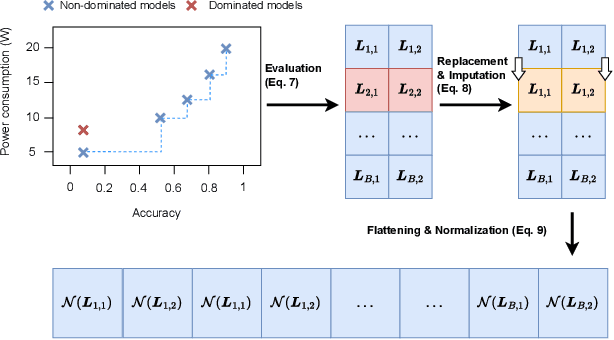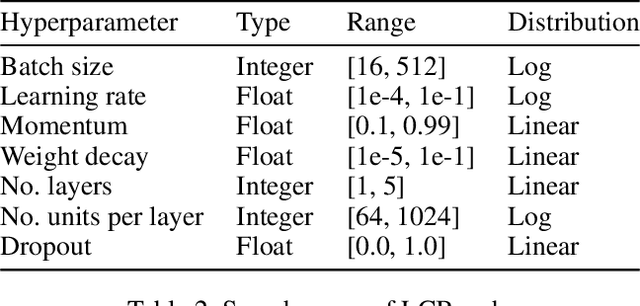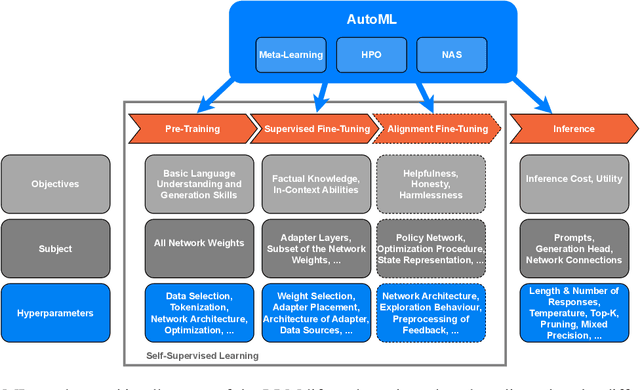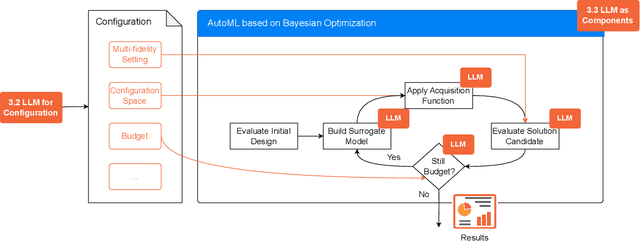Joseph Giovanelli
Interactive Hyperparameter Optimization in Multi-Objective Problems via Preference Learning
Sep 13, 2023



Abstract:Hyperparameter optimization (HPO) is important to leverage the full potential of machine learning (ML). In practice, users are often interested in multi-objective (MO) problems, i.e., optimizing potentially conflicting objectives, like accuracy and energy consumption. To tackle this, the vast majority of MO-ML algorithms return a Pareto front of non-dominated machine learning models to the user. Optimizing the hyperparameters of such algorithms is non-trivial as evaluating a hyperparameter configuration entails evaluating the quality of the resulting Pareto front. In literature, there are known indicators that assess the quality of a Pareto front (e.g., hypervolume, R2) by quantifying different properties (e.g., volume, proximity to a reference point). However, choosing the indicator that leads to the desired Pareto front might be a hard task for a user. In this paper, we propose a human-centered interactive HPO approach tailored towards multi-objective ML leveraging preference learning to extract desiderata from users that guide the optimization. Instead of relying on the user guessing the most suitable indicator for their needs, our approach automatically learns an appropriate indicator. Concretely, we leverage pairwise comparisons of distinct Pareto fronts to learn such an appropriate quality indicator. Then, we optimize the hyperparameters of the underlying MO-ML algorithm towards this learned indicator using a state-of-the-art HPO approach. In an experimental study targeting the environmental impact of ML, we demonstrate that our approach leads to substantially better Pareto fronts compared to optimizing based on a wrong indicator pre-selected by the user, and performs comparable in the case of an advanced user knowing which indicator to pick.
AutoML in the Age of Large Language Models: Current Challenges, Future Opportunities and Risks
Jun 13, 2023


Abstract:The fields of both Natural Language Processing (NLP) and Automated Machine Learning (AutoML) have achieved remarkable results over the past years. In NLP, especially Large Language Models (LLMs) have experienced a rapid series of breakthroughs very recently. We envision that the two fields can radically push the boundaries of each other through tight integration. To showcase this vision, we explore the potential of a symbiotic relationship between AutoML and LLMs, shedding light on how they can benefit each other. In particular, we investigate both the opportunities to enhance AutoML approaches with LLMs from different perspectives and the challenges of leveraging AutoML to further improve LLMs. To this end, we survey existing work, and we critically assess risks. We strongly believe that the integration of the two fields has the potential to disrupt both fields, NLP and AutoML. By highlighting conceivable synergies, but also risks, we aim to foster further exploration at the intersection of AutoML and LLMs.
 Add to Chrome
Add to Chrome Add to Firefox
Add to Firefox Add to Edge
Add to Edge